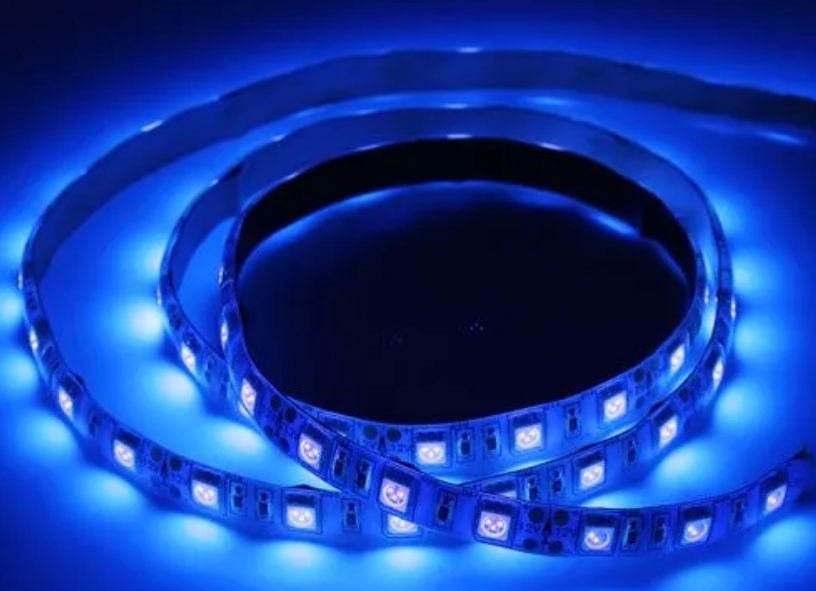Eco-friendly Manufacturing Introduction
Worldwide the construction of LED strip lights is affected due to rise in focus related to environmental sustainability over several years. Although LED strip lights are loved for their energy efficiency and long life, the process behind its production needs to be analysed from the perspective of whether it is environmentally friendly as well.
Materials Manufacture and Production Processes
LED strip lights manufacturers use different materials, normally including metals, plastics and some rare earth elements. Exactly, in the sourcing and handling of these materials is where the environmental trench degrades or regenerates for our benefit. For example, rare earth metals are extracted to produce the bright colors of LEDs and in many cases require strip mining that can ruin the ecology.
LED manufacturers are implementing sustainable practices on the production side as well, by using recycled materials or renewable energy in their factories. One of the top LED strip lights manufacturers ( mentioned that they produce their own aluminium housing units with a recycled content of around 45% which decreased its carbon footprint by almost 30 compared to methods without.
Waste Management and Recycling Collaborations
Another important feature of sustainable manufacturing is waste management. So waste management protocols and efficient recycling systems are important in reducing their impact on the environment. To promote the recycling of LED strip lights, most manufacturers have implemented take-back schemes in which they collect and recycle old bulbs making sure that no hazardous materials end up going to waste or excess raw material ever needs being extracted.

Certifications and Regulatory Compliance
Manufacturers must meet international environmental standards such RoHS and WEEE. These regulations ensure LED strip lights do not include harmful substances such as lead or mercury, and also that after they reach end-of-life stage,they are safely disposed. Certifications like ENERGY STAR also accredit particular LED items that adhere to a certain degree of energy performance, consequently confirming them as environmentally friendly.
Impact Assessment & Way Forward
Evaluating the aggregate impact of these practices is a difficult, but important thing to do. The most recent study in 2022 shows that manufacturers of LED strip lights could reduce their impact on the environment for fewer than 40% by recycling and using renewable energy on a large scale. The real conundrum is, these practices are difficult to scale up across industries and rely too heavily on non-renewable resources.
However, although many LED strip lights manufacturers are starting to implement more sustainable practices, there is still plenty of work ahead for the industry. This, they say - while not forgetting to thank the 18th century pioneers of classical air-conditioning conversation which allows for pollution about long ago... - is a moral imperative as much as anything: in order to sustainably scale up LED lighting; and minimize its environmental footprintContinuous advancements in materials science, production processes and waste management are going to be necessary if we really do want minimal impact from our millions upon (yep I checked) billions. This is good for the planet, but also follows increasing consumer demand for eco-friendly products.